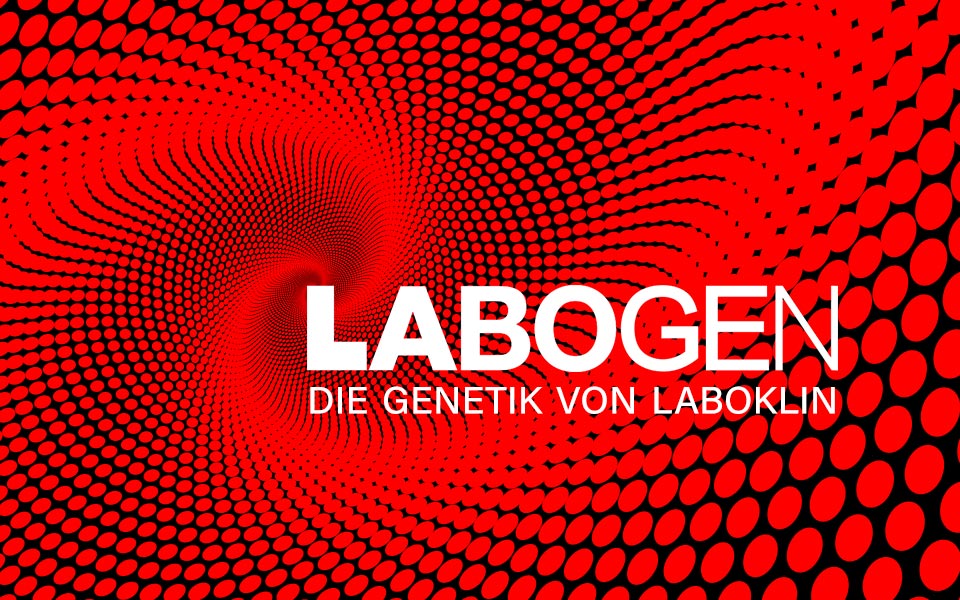Multiple okuläre Defekte (MOD)
Multiocular defect (MOD)
General description
MOD affected dogs typically suffer from cataract that progresses into blindness. Additional clinical sings like microphakia (small lens), lens coloboma (hole in the lens), makrophthalmos (enlarged globe), retinal folds and detachment, vitreopathy, retinal degeneration and secondary glaucoma can be found. The age of diagnosis is variable 0.5-10 years, with a median age of about 2 years.
Breeds
Old English Sheepdog
Order details
| Test number | 8913 |
| Sample material | 0.5 ml EDTA blood, 2x cheek swab, 1x special swab (eNAT) |
| Test duration | 7-14 working days |
Test specifications
Detailed description
In the breed Old English Sheepdog, a genetic variant of the COL11A1 (collagen type) gene has been found to be associated with an ocular syndrome that can affect multiple parts of the eye and is therefore called multiocular defect (MOD). MOD affected dogs typically suffer from cataract that progresses into blindness. Additional clinical sings like microphakia (small lens), lens coloboma (hole in the lens), makrophthalmos (enlarged globe), retinal folds and detachment, vitreopathy and secondary glaucoma can be found. The age of diagnosis is variable (0.5-10 years), with a median age of about 2 years. The disease is inherited in a dominant mode but homozygous dogs potentially show more severe clinical signs and/or an earlier onset of the disease than heterozygous dogs.


